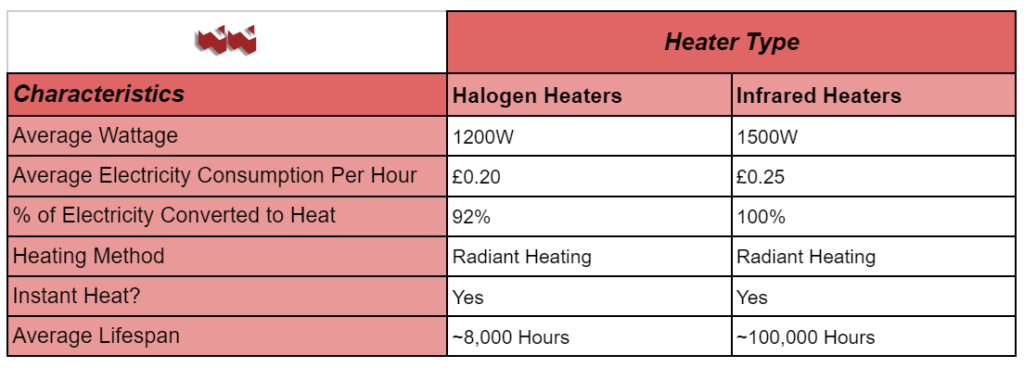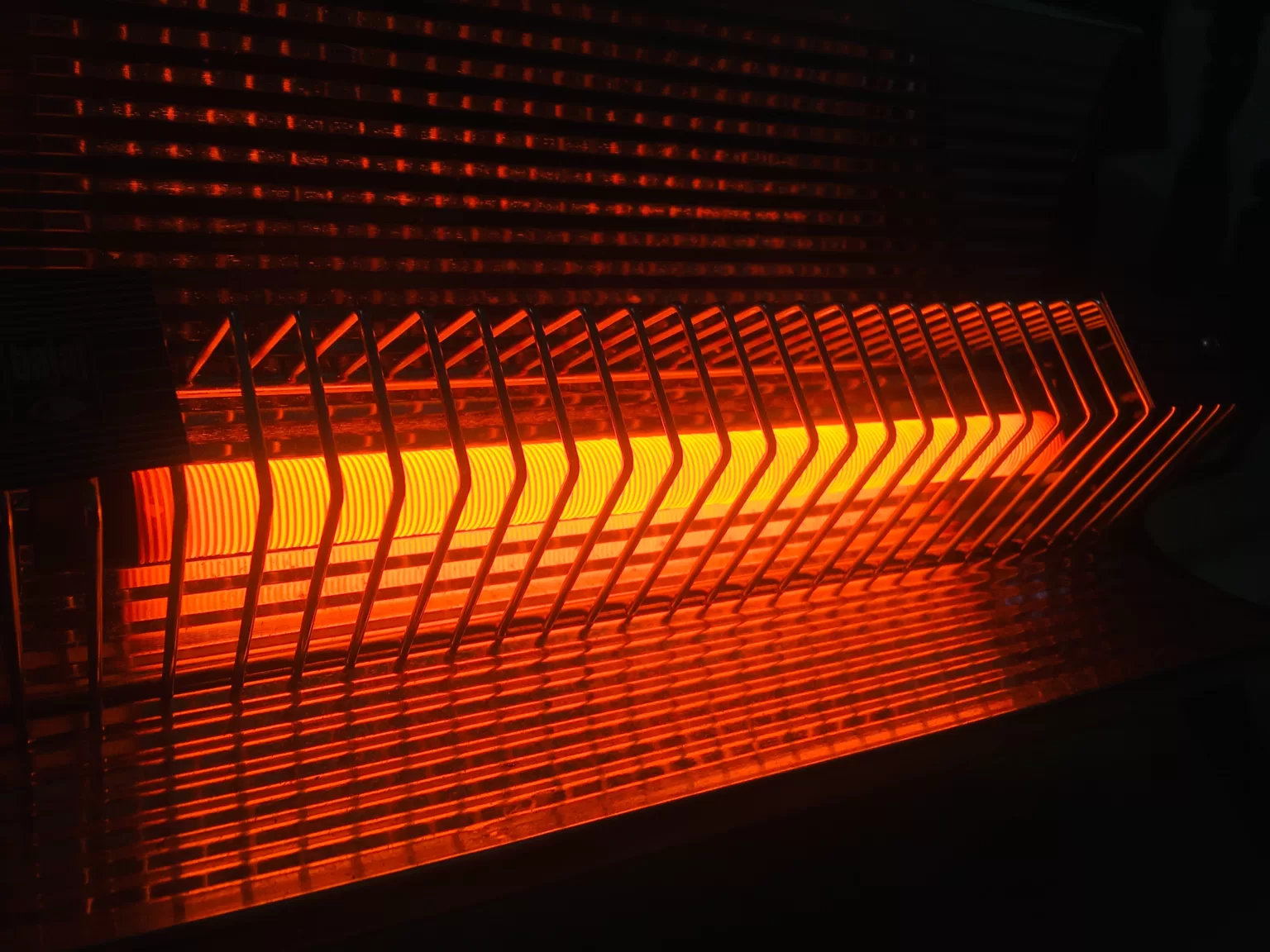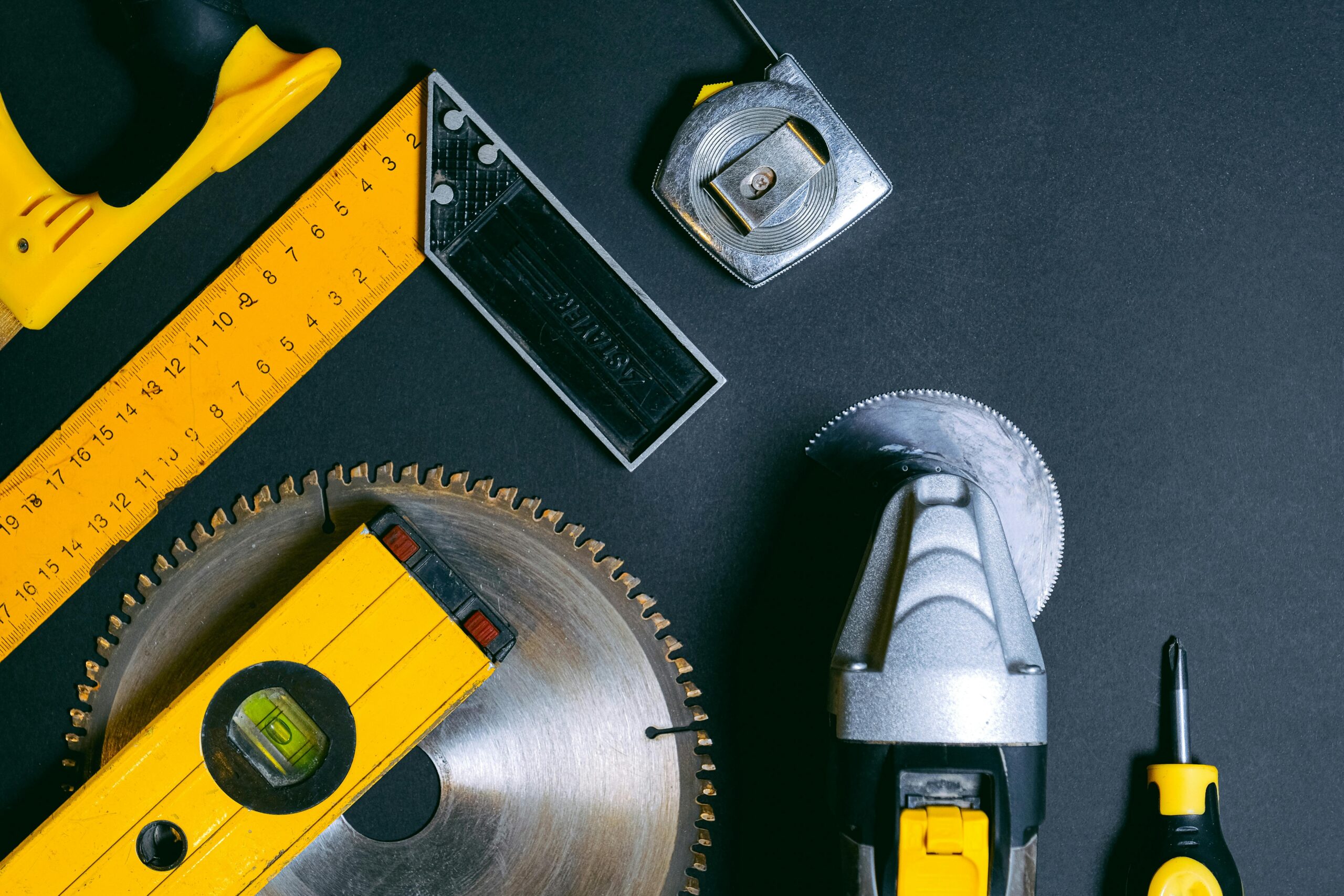Halogen and infrared electric heaters are both energy efficient and reasonably priced, so it can difficult to know which is best for you. They both have their pros and cons, so we’ve highlighted some of the key considerations below.
What is a halogen heater?
Halogen heaters use a small amount of halogen gas within a heating bulb. When activated, the halogen gas reacts with evaporating tungsten, redepositing the tungsten back on the filament in the bulb. This extends the overall lifespan of the filament and prevents blackening of the bulb in the longer term. This process allows halogen lamps to operate at much higher temperatures then conventional bulbs, meaning that they can be used as a heat source.
What is a infrared heater?
Infrared heaters work through the conversion of electricity into radiant heat. They emit infrared radiation that directly heats walls, floors and objects, as opposed to traditional convection heaters that heat up surrounding air. This direct heat transfer is the same transfer that we experience in environments warmed by the sun, and it’s the most efficient heating process for our body.
Halogen vs Infrared Heaters Summary
Let’s look at a summarised comparison of both halogen and infrared heaters.
As you can see, the higher average wattage of infrared heaters results in a higher average electricity consumption per hour. This doesn’t tell the full picture though, as you have to also consider the effectivity of the heater. For example, if an infrared heater can heat a room 50% more efficiently than a halogen heater can, a 25% higher cost per hour is worth the increase in efficiency. On the other hand, if the two heaters were equally efficient, you’d be paying more money for no benefit.
We can also see that another key difference is average lifespan. The ~8,000 hour average lifespan of halogen heaters means that you’re going to have to buy a replacement heater around once a year. On the other hand, the ~100,000 hour average lifespan of infrared heaters means you would only have to buy a replacement every 11.4 years on average. This demonstrates that infrared heaters will likely save you money on replacements in the long term.

Key Heater Characteristics
Comparing heating systems can be an overwhelming task, so we’ve created this list of some of the key terms to help you consider what factors need to be compared.
Wattage
Wattage measures energy output, describing the amount of energy generated or used. In the context of heating systems, higher electrical output results in greater heat generation. This means that you can use wattage as a means of comparing the energy/heat generation of different heaters. When comparing heaters, it is estimated that you need 10 watts of output per square foot of space if the heater is your primary source of heat. The required wattage drops to around 7 watts if it’s a secondary source of heat.
Heating Method
Heating method usually describes whether a heater uses radiant or convection heating. Radiant heating warms up your body and other surrounding objects directly, whereas convection heating warms up surrounding air which then warms your body. Radiant heating is usually more efficient, and both infrared and halogen heaters use radiant heating.
Power Source
Power source describes whether a heater uses a mains power cable, standard batteries or rechargeable batteries for power. This is important if you want to move your heater around, as heaters with mains power cables will be limited by available outlets. Most infrared and halogen heaters will use a mains power cable, while some smaller portable heaters may use batteries.
Lifespan/Tube Life
Lifespan or tube life describes the number of hours that a heater can operate before it’s expected to fail. An average halogen heater may have a lifespan of 5,000 to 10,000 hours, whereas an infrared heater may last as long as 100,000 hours. This is an important factor to compare as shorter lifespans will mean more replacement heaters in the long run.
IP65 Rating
An IP65 rating shows that a product is dust proof and protected from water that is projected from a nozzle. This is especially important if you plan on buying a heater for an outdoor area, as it may not be safe in the rain if it’s not IP65 rated.
Halogen Heater Overview
Halogen heaters were created before their infrared equivalents, but recent recommendations from professionals like Martin Lewis have sparked new interest in them.
Here’s some of the key pros and cons of halogen heaters:
Pros:
- Low hourly energy consumption
- High electricity-to-heat conversion rate
- Instant heat production
- Reasonably cheap to buy
- Uses radiant heat for direct heating as opposed to convection heating
Cons:
- Lower lifespan compared to infrared heaters resulting in more frequent replacement
- Less efficient than infrared heaters
Infrared Heater Overview
Infrared heaters are a newer invention than halogen heaters, improving on their electricity-to-heat conversion rate as well as their lifespan.
Here’s some of the key pros and cons of infrared heaters:
Pros:
- More efficient than the vast majority of heating options
- 100% electricity-to-heat conversion rate
- Longer lifespan that the vast majority of heating options
- Instant heat production
- Uses radiant heat for direct heating as opposed to convection heating
Cons:
- More expensive to buy than halogen heaters
- Despite their high-efficiency, infrared heaters have a higher hourly cost than halogen heaters on average
FAQs
Infrared heaters are generally more energy efficient than halogen heaters. Both use radiant heating, meaning they warm people and objects directly instead of just the air. However, infrared heaters have a 100% electricity-to-heat conversion rate and distribute heat more evenly across a room. Halogen heaters use less power per hour but are usually less effective at heating larger spaces, meaning they may need to run longer to achieve the same comfort level.
Yes and no — halogen heaters typically use less electricity per hour, which can make them cheaper to run in very short bursts (for example, when you just want to heat a small area quickly). However, infrared heaters heat more efficiently and retain warmth better, meaning they may end up using less energy overall if you need to heat a room for longer periods.
Infrared heaters usually last far longer. A typical halogen heater has a lifespan of around 5,000–10,000 hours, which often means replacing it every 1–2 years with regular use. By contrast, many infrared heaters last up to 100,000 hours — around a decade of use or more — which makes them a better long-term investment.
Halogen heaters are safe indoors if used correctly, but they do get very hot during operation. They should be kept away from flammable objects, children, and pets. Some models include safety features such as tip-over protection and cool-touch casings, but they are still best for supervised use in well-ventilated areas.
Thanks for reading our article comparing halogen and infrared heaters. Hopefully it has helped you to identify some of the key pros and cons of each and decide which is best for your use case.
If you’re shopping for halogen heaters you may want to take a look at our article on the Best Halogen Heaters UK.
If you’re more interested in infrared heaters, check out our article on Best Infrared Heater UK.
Feel free to leave a comment below if you have any thoughts or queries that you’d like us to take a look at – we’d be happy to help.





